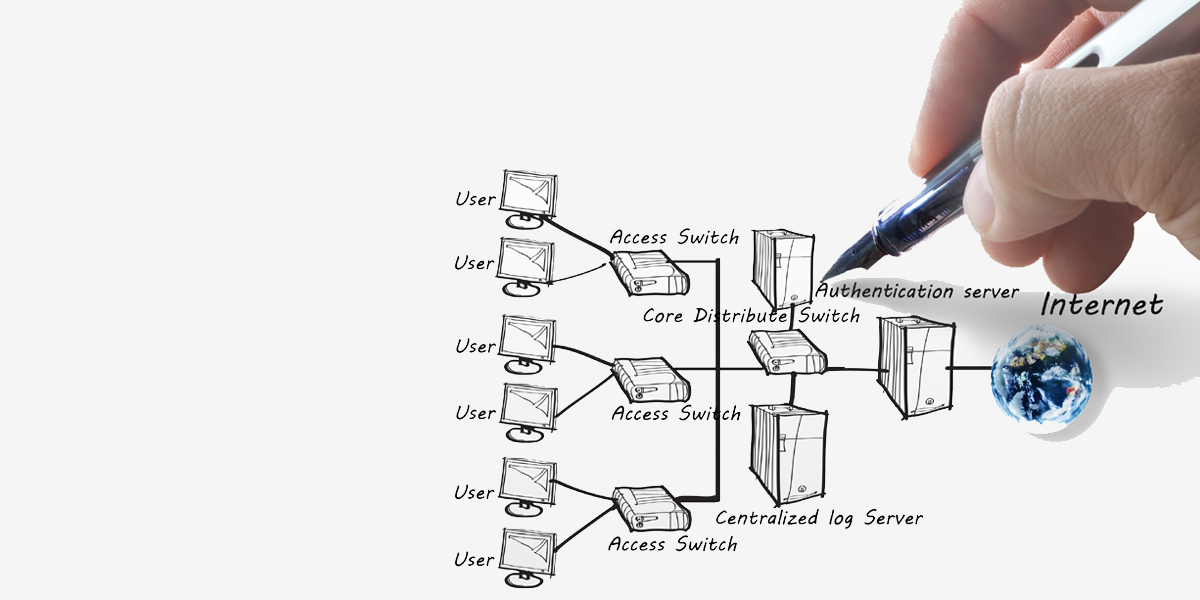Azure Virtual Network (VNet) is the fundamental building block for your private network in Azure. VNet enables many types of Azure resources, such as Azure Virtual Machines (VM), to securely communicate with each other, the internet, and on-premises networks. VNet is similar to a traditional network that you’d operate in your own data center, but brings with it additional benefits of Azure’s infrastructure such as scale, availability, and isolation.
All resources in a VNet can communicate outbound to the internet, by default. You can communicate inbound to a resource by assigning a public IP address or a public Load Balancer. You can also use public IP or public Load Balancer to manage your outbound connections.
Azure Network resources communicate securely with each other in one of the following ways:
- Virtual network: You can deploy VMs, and several other types of Azure resources to a virtual network, such as Azure App Service Environments, the Azure Kubernetes Service (AKS), and Azure Virtual Machine Scale Sets.
- Virtual network service endpoint: Extend your virtual network private address space and the identity of your virtual network to Azure service resources, such as Azure Storage accounts and Azure SQL databases, over a direct connection. Service endpoints allow you to secure your critical Azure service resources to only a virtual network.
- VNet Peering: You can connect virtual networks to each other, enabling resources in either virtual network to communicate with each other, using virtual network peering. The virtual networks you connect can be in the same, or different, Azure regions.
You can connect your on-premises computers and networks to a virtual network using any combination of the following options:
- Point-to-site virtual private network (VPN): Established between a virtual network and a single computer in your network. Each computer that wants to establish connectivity with a virtual network must configure its connection.
- Site-to-site VPN: Established between your on-premises VPN device and an Azure VPN Gateway that is deployed in a virtual network. This connection type enables any on-premises resource that you authorize to access a virtual network. The communication between your on-premises VPN device and an Azure VPN gateway is sent through an encrypted tunnel over the internet.
- Azure ExpressRoute: Established between your network and Azure, through an ExpressRoute partner. This connection is private. Traffic does not go over the internet.

